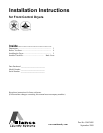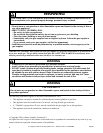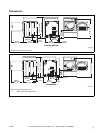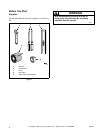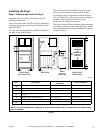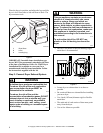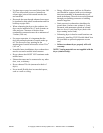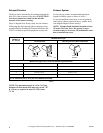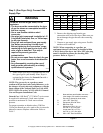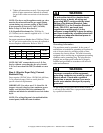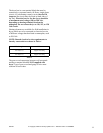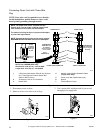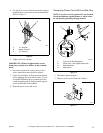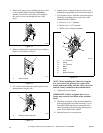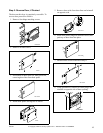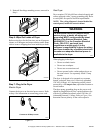© Copyright, Alliance Laundry Systems LLC – DO NOT COPY or TRANSMIT
7
506126
• Use duct tape or pop-rivets on all duct joints. DO
NOT use sheet metal screws or fasteners on
exhaust pipe joints which extend into the duct
and catch lint.
• Ductwork that runs through unheated areas must
be insulated to help reduce condensation and lint
build-up on pipe walls.
• When exhausting the dryer to the outdoors, the
dryer can be installed with “0” inch clearance at
sides and rear. Clearance of the duct from
combustible construction must be a minimum of
2 inches (5.08 cm).
• For proper operation, it is important that the
dryer has an ample amount of outside make-up
air. The free area of any opening for the
introduction of outside air must be at least 25 in.
2
(163 cm
2
).
• In mobile home installations, dryer exhaust duct
must be secured to mobile home structure.
• Dryer exhaust duct MUST NOT terminate under
mobile home.
• Exhaust duct must not be connected to any other
duct, vent, or chimney.
• Dryer exhausts 220 cfm (measured at back of
dryer).
• Never install flexible duct in concealed spaces,
such as a wall or ceiling.
• Energy efficient homes with low air filtration
rates should be equipped with an air exchanger
that can accomodate on demand make-up air
needs in the home. These devices can be obtained
through your building contractor or building
material suppliers.
• Static pressure in exhaust duct should not be
greater than .6 inches water column (1.5 cm),
measured with manometer placed on exhaust
duct two feet (61 cm) from dryer (check with
dryer running and no load).
• Exhausting dryer in hard-to-reach locations can
be done by installing 521P3 Flexible Metal Vent
Kit (available as optional equipment at extra
cost).
• Failure to exhaust dryer properly will void
warranty.
NOTE: Venting materials are not supplied with the
dryer (obtain locally).



